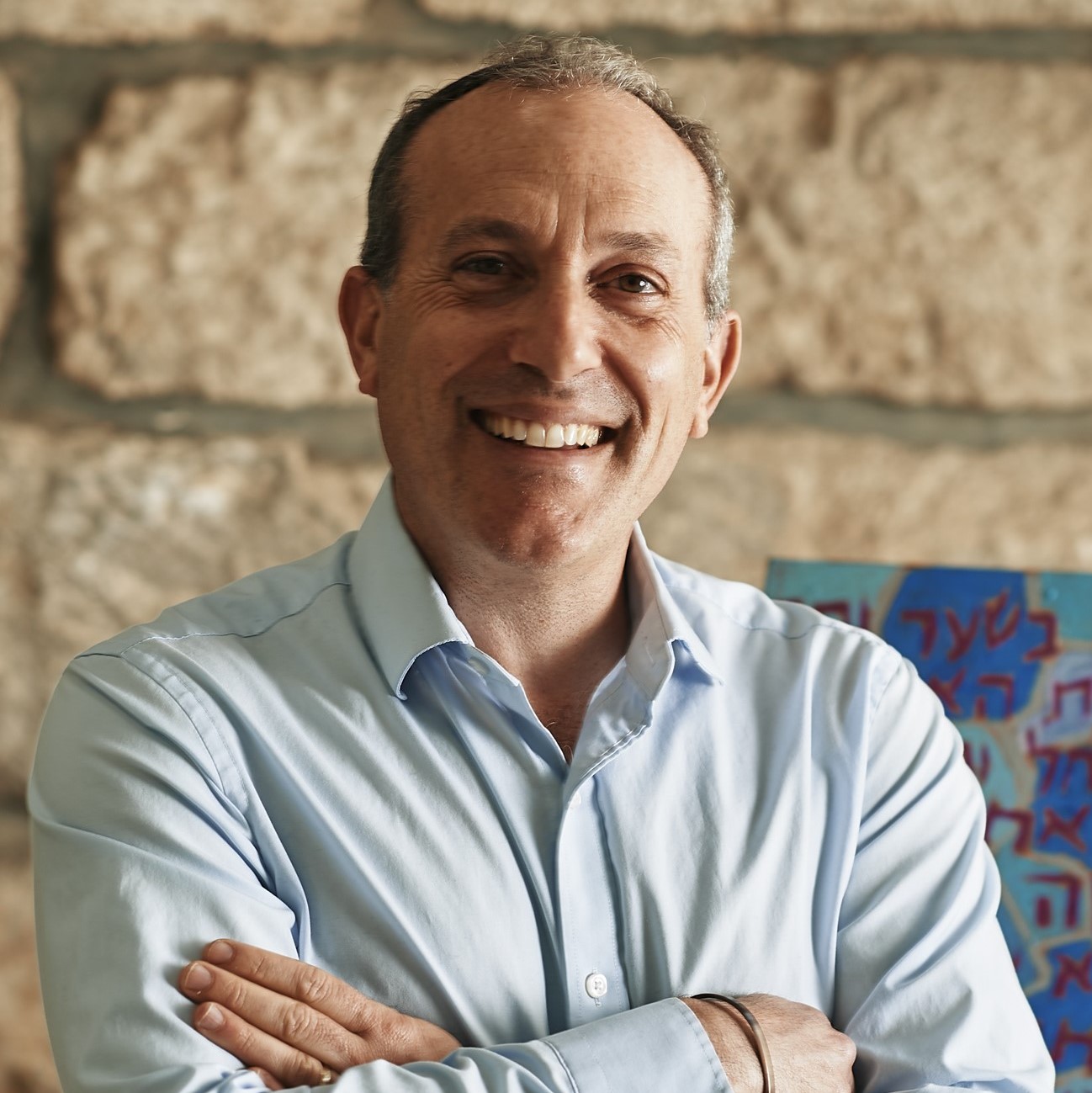One Place, Many Prayers

Deuteronomy as a whole is focused on what scholars refer to as ‘the centralization of the sacrificial cult.’ Until this historical point, it would appear that the Israelites offered sacrifices at local altars called ‘bamot.’ With the Deuteronomic legislation however, such local devotional sites are obliterated. Even if Israelites in outlying areas could not be present at the Temple services in Jerusalem, worship at this focal point was supposed to represent and include them. What are the ramifications of such legislation and how can we place this teaching in a modern context?
As the Etz Hayim Humash points out, the reason for the centralization of the cult is not overtly stated in the Torah. Still, “it affected the religious life of every Israelite, involving the sacrificial system, the celebration of the festivals, the economic status of the Levites, and even the judicial system. The only known attempts to enforce such a restriction occurred in the eighth and seventh centuries B.C.E. during the reigns of King Hezekiah and Josiah” (1063). Indeed such centralization may have had more to do with economic and political power rather than religious considerations. Nevertheless, it would appear that the decision brought about more unity to the Israelite people.
The modern synagogue has become a replacement for the Temple. We worship in buildings of different sizes, shapes and styles, scattered over the globe. Yet ironically there is sometimes less room for variety than there was in the Central Temple. Of devotional acts at the central site (the Temple), Parashat Re’eh states, “there you are to bring your burnt offerings and other sacrifices, your tithes and contributions, your votive and free will offerings and the firstlings of your herds and your flocks.” Each person came to the Temple with a particular need, with a particular agenda, with a distinct prayer and desire. So too is the reality today in our own synagogues. Yet too often, in our synagogues today we seek to centralize worship too strongly – insisting on a single format and service – to a point where we stifle creativity and congregants become disaffected. How much stronger we would become were we to embrace and encourage the diversity that exists in our many communities. Each individual comes with their own offering.Havurot have been a successful attempt at encouraging diversity within synagogue life, yet we must do more to encourage such models of worship. One size does not fit all. The sooner we, in our synagogue communities realize the importance of cultivating multiple minyanim under the same roof, and carving out a space for personal prayer, the stronger the Jewish community will become. Ken yehi ratzon.
The publication and distribution of the JTS KOLLOT: Voices of Learning commentary has been made possible by a generous gift from Sam and Marilee Susi.



